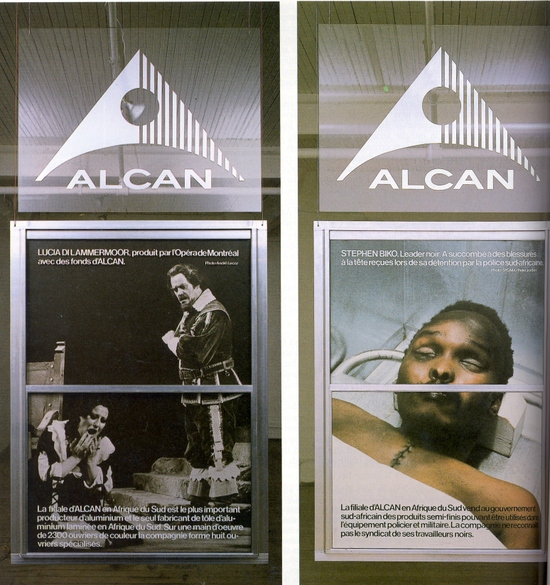In our IDC class this semester, we have talked a lot about Apartheid. We even saw a play about it. But, we never had the chance to “see” what was going on. That all changed when we visited the Apartheid exhibit at the International Center of Photography (ICP). Out of all the pieces there, only two had a lasting impact on me.
The first to hit me was a photo of the aftermath of the 1976 riots in Soweto taken by Peter Magubane. It was a picture of a dead body. There were many images of the deceased, but this one affected me in a powerful way. In order to cover the dead male someone put a newspaper over him. It just shows how poor the nation was. No one had a blanket to conceal the corpse. Adding insult to injury, if you were to see what was written on the newspaper, it was an op-ed article talking about how long Blacks would fight for freedom in South Africa with the news caption as, “What would you die for?” I don’t know if Mr. Magubane planned on using this irony or if it was just a coincidence.
The second piece wasn’t a photograph. It was a sculpture by Hans Haacke. It was used to criticize Alcan, an aluminum company that still had mines in South Africa. During Apartheid, many companies and corporations pulled their operations out of South Africa in fear of public backlash. Alcan remained and according to Professor Bernstein, they said they promoted the arts in South Africa. So, Mr. Haacke used that idea to make an aluminum piece with the Alcan name on top. It composed of three parts. The outer edges have pictures of opera and a play. The middle shows the dead body of Stephen Biko, an activist. By juxtaposing the three segments, Haacke successfully ridicules Alcan’s dealings with South Africa.
ICP was an interesting experience. It really showed me how photojournalism was different back then. There was no Twitter or Facebook. These brave photographers needed to go to magazines to get their pictures published so that the whole world would know what is going on in their country. These men and women deserve credit because they helped exposed the problem that was going on in their country and this exhibit is a way of appreciating the work they have done.


